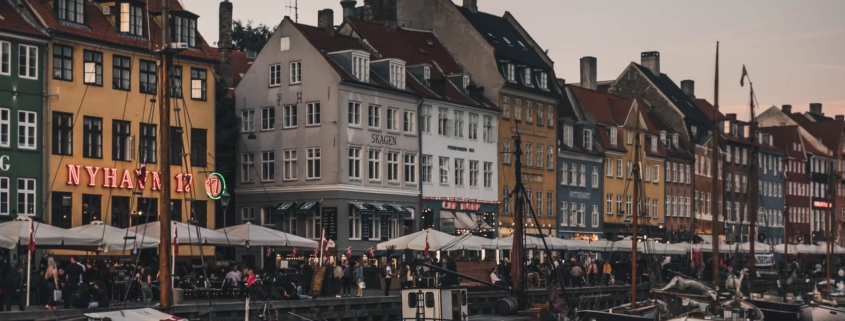If you know just a little about Danish culture, you have probably heard of the Law of Jante. For several decades, this law was practiced indirectly, while the Danes pretended to actually practice the opposite… Today, a different set of rules apply. The Law of Jante includes rules such as “You’re not to think you are anything special”, “You’re not to convince yourself that you are better than we are,” and “You’re not to think you can teach us anything.”
Today, Danes practice a different set of rules. (This may not relate directly to the discipline of public relations, but the PR practitioners will know why these are relevant, both from an international public relations standpoint and from the cultural perspective, should one decide Denmark is an appropriate location to come working as a PRist, of so please bear with me.)
1. Danes ride on their bikes a lot, and they know that they are really good at it. The first new rule to follow is, therefore:
“Don’t think that you’re a better biker than I am”
…as many Danes tend to express their opinion on how fellow Danes ride their bikes.
2. To be a little contradictory, the second rule is, however:
“Love thy bike!”
To ride a bike equals freedom for a Dane. And they love to show others, that they are happy when transporting themselves on their bikes. You will know this by listening to them singing on their bikes, and by seeing them riding their bikes in rain, snow, hail – all kinds of weather.
3. In general, Danes have a lot of opinions on how to act in traffic. Hence, the third rule is:
“Pedestrian crossings are only for pedestrians. And only if the lights are green.”
If you see a person riding their bike on the crossings, you may as well hear a car using its horn to express the wrongness in the biker’s actions. And you will rarely experience pedestrians crossing the streets when lights are red.
4. Regarding public transportation, this rule might be suitable:
“Don’t think you are allowed to talk if I’m not. Do not even whisper”
This applies, of course, mostly to people travelling in the silent cars on train rides. Danes will then use different forms of communication to make their fellow travelers shut up. These forms could be: Staring and rolling with eyes, loudly clearing one’s throat on a false basis, or simply saying “THIS IS A SILENT CAR.”
It might be that many Danes have had this unpleasant experience of being reprimanded in silent cars, because in general we just do not talk much when using public transportation. And if we do talk to strangers on busses or trains, you can bet your money on the topic to be either “complaining about the service” or “complaining about the weather.”
5. The fifth rule is in the more technical genre:
“Always use smileys when you send text messages :)”
Danes tend to think that one too many smileys is better than one too few. The recipient of your text message will definitely think that he or she has done something to make you mad, if you fail to text a smiley.
6. If you are planning a trip to Denmark and want to learn some important sentences in order to get by, you should start by looking up the words for sun, rain, wind, snow, etc. These words will save you from any awkward situation. Rule number six is:
“When silence appears in a conversation, quickly mention the weather conditions.”
Danes love talking about the weather almost as much as they love their bikes. And you will often hear the Danes combining the two subjects (talking about riding your bike in rainy weather, for instance).
7. The last rule is about the Danish humor. The Danes are often very ironic. Actually, we use it so much that it is difficult for us to understand when someone is giving us an honest compliment. Therefore:
“Always suspect that people are ironic. Even when complimenting your pretty new shoes. Just to be on the safe side.”
Author: Sara Vibroe Løppenthin Stendevad
GlobalCom partner Jøp, Ove & Myrthu CPH P/S, Denmark


